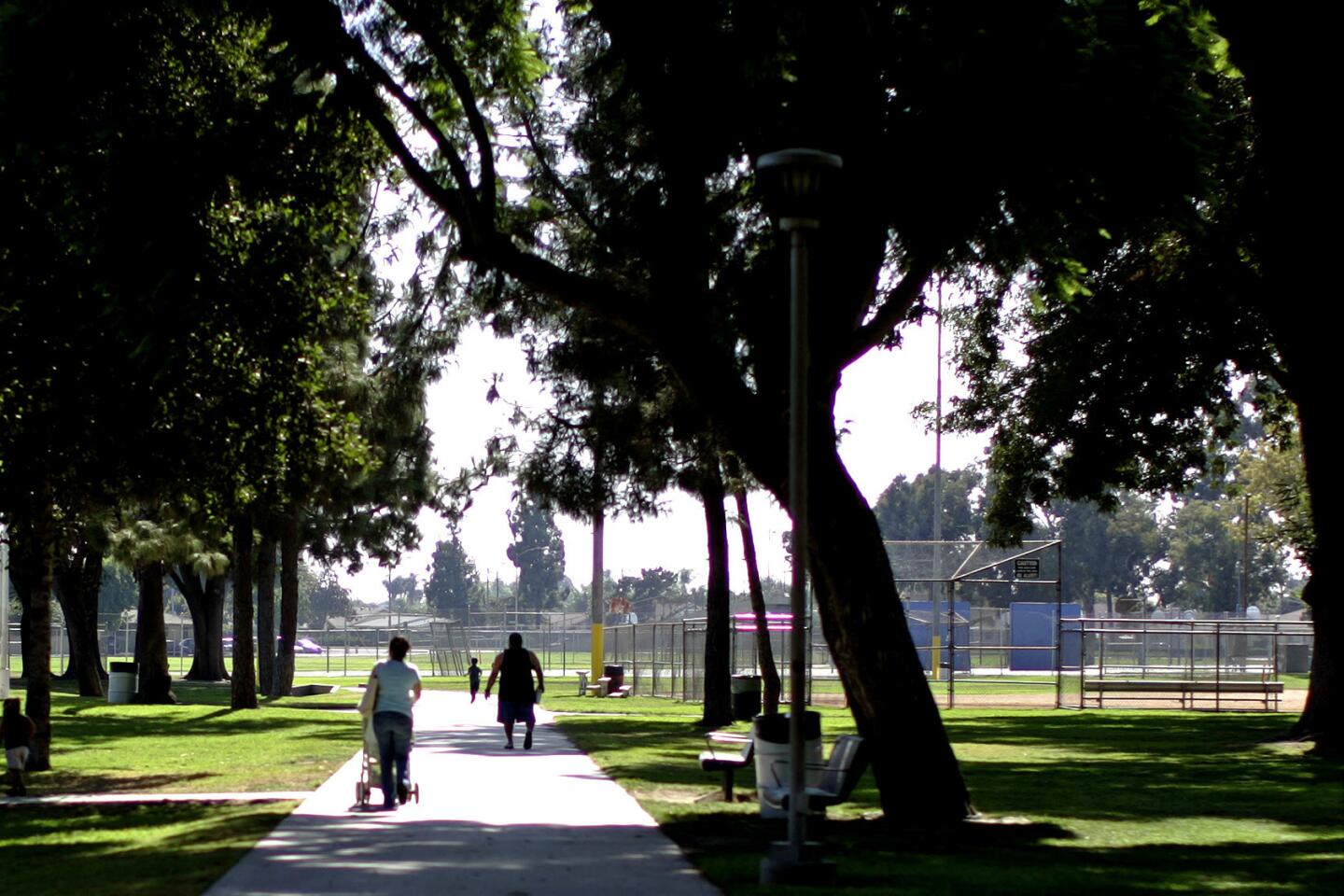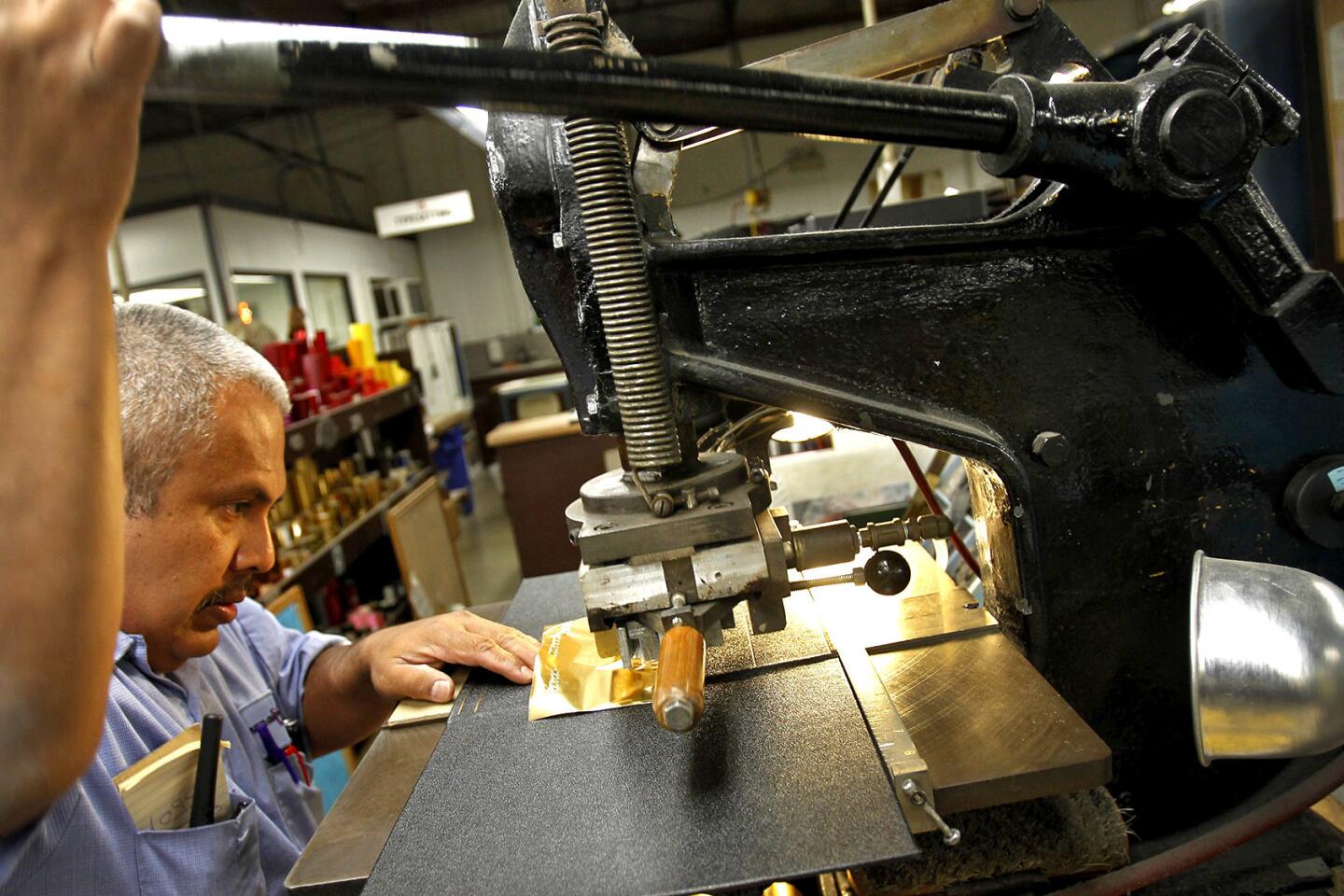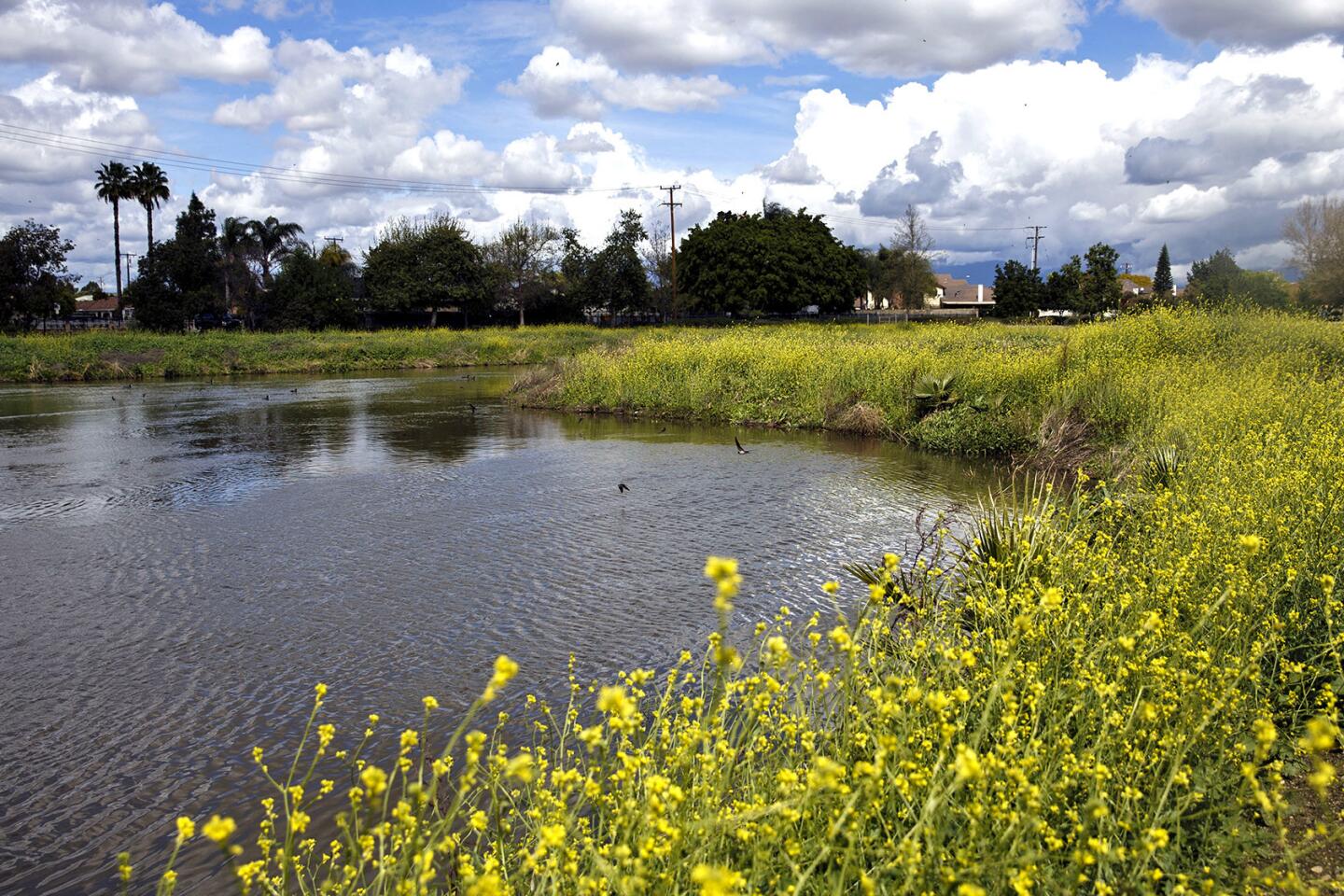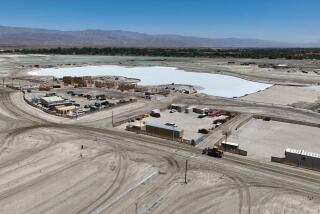Neighborhood Spotlight: Pico Rivera grows in new directions
- Share via
The story of Pico Rivera begins in the 1880s on the narrow floodplain between the Rio Hondo and the San Gabriel River, where the land was so fertile that the area was called Maizeland in honor of its seemingly endless rows of cornstalks.
The first of the two towns that would one day merge into one thriving city was Rivera, founded in 1886 near a train depot. The second town was formed in the 1920s and was named after Pio Pico, the last governor of Alta California upon whose former lands the small settlements sat.
For the next three decades, these tiny rural enclaves reliably cranked out bumper crop after bumper crop of produce such as avocados and walnuts and shipped them out to the rest of the country via rail.
That cycle of growing seasons followed by harvests would, as in so many agricultural areas in the Los Angeles Basin, come to an end after World War II, when the region experienced a historic population boom that pushed the borders of the metropolis in all directions.
Developers found plenty of land in Pico and Rivera, and not just for new housing tracts. The Ford Motor Co. built a massive assembly plant in the area in 1958 — the same year the two towns voted to merge and incorporate as Pico Rivera — boosting growth by providing jobs for thousands of local residents.
When Ford closed the plant in the 1980s, Northrop Grumman bought it and retooled it as a production facility for the B-2 stealth bomber, an economic boon for the city. But that came to an end with the cratering of the aerospace industry in Southern California during the 1990s.
Although the site of the long-demolished plant is now a typical suburban shopping center, Pico Rivera continues to thrive, with a diversified economy, relatively affordable housing and plenty of transportation connections making it a popular destination for middle-class Latino families.
And though the farms aren’t coming back, the nearby Whittier Narrows Natural Area and bike trails along the Rio Hondo and San Gabriel River offer a glimpse of what this historic land was like before the suburban boom rolled eastward and steamrolled over Maizeland.
Neighborhood highlights
More housing bang for your buck: With most homes carrying price tags of well under $500,000, Pico Rivera — just 14 miles from downtown Los Angeles and 17 miles from Anaheim — is a great deal for budget-conscious home buyers.
Parks and recreation: With a golf course, two major bike trails, proximity to Whittier Narrows recreation facilities and its own 120 acres of parkland, Pico Rivera has plenty for outdoorsy types.
La cultura: From the charreadas and norteño concerts at the Sports Arena to the plethora of great Mexican restaurants, Pico Rivera’s vibrant Hispanic culture is one of the keys to its popularity.
Neighborhood challenges
Stuck in the middle again: Thanks to its two nearby freeways, ever-busy Whittier Boulevard and warehouses that generate plenty of truck traffic, Pico Rivera traffic can be grueling, to say the least.
Expert insight
A working-class area that still retains a homey vibe is how Aviva Lomeli, a real estate agent with Redfin who specializes in the area, describes the neighborhood.
“There are some newer commercial businesses that have been built in the last 10 to 20 years, but it still feels like a small town,” said Lomeli. “There are even really cool horse properties in the area; occasionally you will see people riding their horses in the streets.”
Affordability and proximity to downtown are among the draws, Lomeli added. “It’s more affordable than other cities in [southeast L.A.], particularly its neighbors Downey and Montebello.”
Market snapshot
In the 90660 ZIP Code, based on 42 sales, the median sale price for single-family homes in September was $420,000, according to CoreLogic. That was a 9.7% increase in price year over year.
Report card
There are more than a dozen public schools within the boundaries of Pico Rivera. Among them is Rivera Elementary, which scored 825 out of 1,000 in the 2013 Academic Performance Index.
Lawrence T. Magee Elementary scored 758, and North Ranchito Elementary had a score of 757. Osburn Burke Middle scored 813, North Park Middle scored 777, and El Rancho High had a score of 750.
More to Read
Sign up for Essential California
The most important California stories and recommendations in your inbox every morning.
You may occasionally receive promotional content from the Los Angeles Times.









